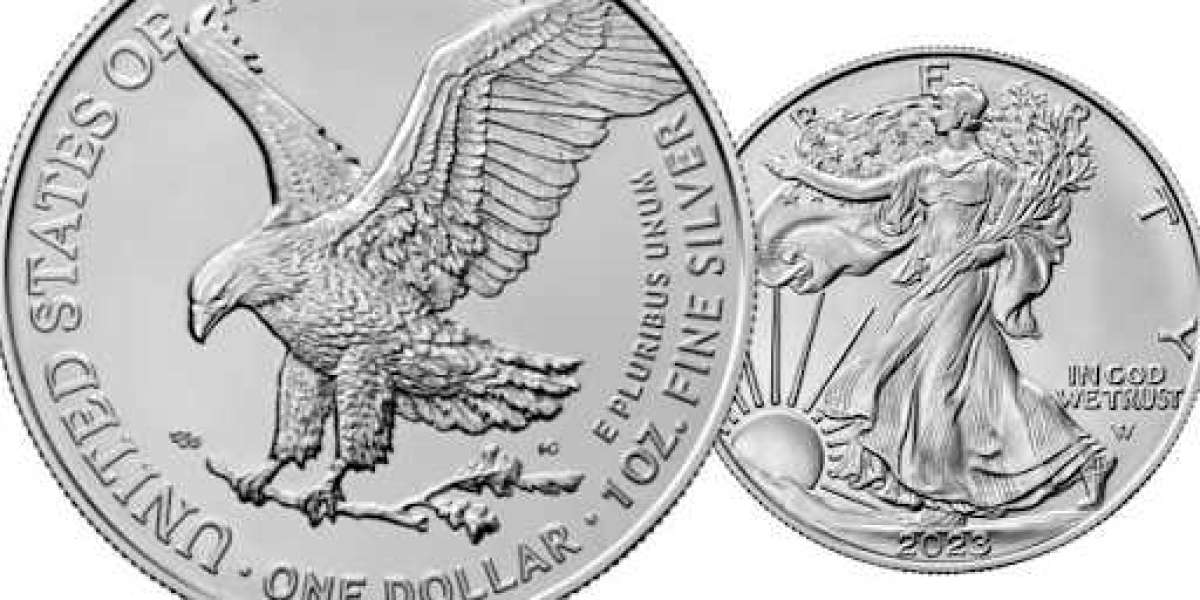The values, attitudes, and practices of an organization that shape how its management and staff interact, carry out their duties, and do business are referred to as its corporate culture. Corporate culture is frequently inferred rather than clearly stated, and it grows naturally over time from the collective characteristics of the individuals the organization hires. The dress code, work hours, office layout, benefits offered to employees, employee turnover, hiring practices, how staff and clients are handled, customer satisfaction, and all other facets of corporate operations will all be indicators of a company's culture.
The 1960s saw the emergence of corporate or organizational culture awareness in corporations and other institutions, including universities. By the 1990s, the phrase "corporate culture" had gained widespread recognition, having originated in the early 1980s. During those times, managers, sociologists, and other academics used corporate culture to characterize an organization. The company's overall value systems, management techniques, work environment, attitude, and employee interactions and relationships all contributed to the development of the corporate culture. It would also contain visual identifiers like trademarks and logos, as well as firm origin stories presented by gregarious chief executive officers (CEOs).
Many phrases are used to describe businesses that are impacted by different cultures, particularly in the context of globalization and the increased cross-border interaction of the modern corporate world. Among them are:
Interactions between individuals with diverse backgrounds in a professional setting are referred to as cross-cultural. The term "culture shock" describes the uncertainty or bewilderment people feel when doing business in a society that is different from their own. People who travel for extended periods of time for business frequently suffer from reverse culture shock and struggle to reintegrate after returning home.
Businesses frequently invest a significant amount of time and money in fostering pleasant cross-cultural interactions as well as a more unified and effective company culture. Clan cultures value cooperation and teamwork. In a culture like this, managers serve as enthusiastic mentors who offer advice to their subordinates. Key elements include involvement, trust, encouragement, and good relationships. One aspect of a clan culture is each employee's potential for contribution. Clan cultures are also highly flexible and fast to take necessary action. An entrepreneurial work environment where CEOs and staff members act as risk-takers and innovators is produced by an adhocracy culture. This adaptable setting fosters nimble thinking. We also can understand the long-term price patterns connected to enduring shifts in investor psychology and sentiment from Qualitative Analysis.
This culture fosters a rigorous and competitive work environment. The primary focus of management is on business outcomes. In order to increase a company's market presence, profitability, and stock price, employees are urged to put in a lot of effort and "get the job done". In a setting like this, workers could experience tension, but they might also experience excitement and enthusiasm for their jobs. Corporate culture pertains to the principles, convictions, and customs that are linked with a specific company. A company's hiring and promotion policies as well as its goal statement are two examples of how corporate culture is expressed.
Certain businesses identify themselves as innovative or environmentally conscious, for example, in an effort to align with a certain set of principles. A company's corporate culture is now a crucial, if not necessary, component of its continued success. It stands for the principles, objectives, and values of an organization as well as the uniform conduct that all staff members—from the top down—are required to exhibit. Corporate culture is crucial for both luring in new hires and keeping existing ones. It can also help sustain sustained success, superior worker performance, and a company's longevity.
Market value is the amount that an asset would bring in on the open market, taking into account the prices that sellers are prepared to take and purchasers are willing to pay. It can also mean a publicly traded company's market capitalization, which is determined by multiplying the number of outstanding shares by the share price at the moment. Because market prices for exchange-traded assets like stocks and futures are readily available and frequently distributed, determining market value is comparatively easier for these types of instruments; nevertheless, it can be more difficult for over-the-counter instruments like fixed-income securities. Illiquid assets, such as real estate and enterprises, are also challenging to determine their objective market worth, which may call for the assistance of real estate appraisers or company valuation specialists.
For example, Company X may be valued at $500 million if it were trading at a sales multiple of 5, whereas Company B might be valued at $200 million if it were selling at a sales multiple of 2.
A company's market value may be very different from its book value or shareholders' equity. If a stock's market value is significantly less than its book value—that is, it is trading at a significant discount to book value per share—it is often seen as undervalued.
If a stock is trading over book value, it does not necessarily mean that it is overvalued; this again relies on the industry and the size of the premium compared to the firm's rivals.
The book value, sometimes referred to as the explicit value, has a significant impact on a business's implicit value, which is determined by the research and subjective opinions of investors and analysts. This, in turn, determines whether the stock price of the company increases or decreases. The price that buyers are willing to pay and the price that sellers are willing to accept for an item determines its market value.
Market value often refers to market cap for publicly traded corporations. Determining an objective market value can be more challenging for some special asset kinds.













